Unique time in First Amendment orthodoxy
Reviewed by Carolyn Schurr Levin
Watching and listening to Donald Trump both at his rallies during the 2016 presidential campaign and then after he became President, Timothy Zick, the John Marshall Professor of Government and Citizenship at William & Mary School of Law, felt that he wanted to chronicle the onslaught of attacks on the First Amendment that he was hearing. Although previous presidents had certainly had terrible relationships with the press, the assaults on journalists as “enemies of the people,” denying reporters access to press briefings because of negative coverage, blocking critics on Twitter, vowing to “take a look at the libel laws,” suggesting that flag burners be jailed, the war on truth, and so much more, felt decidedly different to Zick. He was observing systematic efforts “to undermine the press’ credibility and to turn the public against the media.” And, so Professor Zick set out to chronicle those First Amendment assaults. The result is his recently published, comprehensive and highly readable new book, “The First Amendment in the Trump Era.”
 Lest you have tuned out the noise, the book is highly critical of the Trump administration’s approach to the First Amendment. No matter what side of the political spectrum on which you fall, though, this book can truly educate you about this unique time in First Amendment orthodoxy.
Lest you have tuned out the noise, the book is highly critical of the Trump administration’s approach to the First Amendment. No matter what side of the political spectrum on which you fall, though, this book can truly educate you about this unique time in First Amendment orthodoxy.
Unlike Professor Zick’s three previous books, which primarily targeted an academic audience, this book is pitched to “a wider audience and a broader discourse” about its subject matter. Not only is it intended for those interested in the attacks on freedom of the press in the last several years, but also for those who want to learn more about the history and social benefits of dissent in the United States. Indeed, I found the chapter dedicated to dissent to be the most enlightening. There are “many serious challenges to protecting dissent and maintaining a culture of dissent” now, Professor Zick writes, and “we need to have a plan of attack to deal with [President Trump’s] anti-dissent agenda and to preserve a culture of dissent moving forward.” Democracy thrives “when there is noise and disagreement, not conformity and consensus,” Zick says, arguing for the “active facilitation and encouragement” of the tolerance for dissent. Rather than feeling compelled to “choose sides,” people “must feel free to speak out” without being labeled “disloyal enemies.” Continue reading “Book Review: ‘The First Amendment in the Trump Era,’ by Timothy Zick”
 Abstract: The Internet and social media have transformed all college media outlets, and the yearbook is no exception. But, while there have been some studies on the impact of these technologies on commercial and college newspapers, yearbooks have not received such scrutiny. This study of award-winning yearbooks attempts to shed light on how yearbooks are using social media to promote their events, their staffs and their content. Using the 22 yearbooks that have been named a finalist in the major competitions in the last three years, this paper examines the number of followers, the number of posts, the content of these posts and the follower response to those posts during the fall 2018 semester. Continue reading “Research (Vol. 57): Social Media Use and Yearbooks”
Abstract: The Internet and social media have transformed all college media outlets, and the yearbook is no exception. But, while there have been some studies on the impact of these technologies on commercial and college newspapers, yearbooks have not received such scrutiny. This study of award-winning yearbooks attempts to shed light on how yearbooks are using social media to promote their events, their staffs and their content. Using the 22 yearbooks that have been named a finalist in the major competitions in the last three years, this paper examines the number of followers, the number of posts, the content of these posts and the follower response to those posts during the fall 2018 semester. Continue reading “Research (Vol. 57): Social Media Use and Yearbooks”
 Lest you have tuned out the noise, the book is highly critical of the Trump administration’s approach to the First Amendment. No matter what side of the political spectrum on which you fall, though, this book can truly educate you about this unique time in First Amendment orthodoxy.
Lest you have tuned out the noise, the book is highly critical of the Trump administration’s approach to the First Amendment. No matter what side of the political spectrum on which you fall, though, this book can truly educate you about this unique time in First Amendment orthodoxy.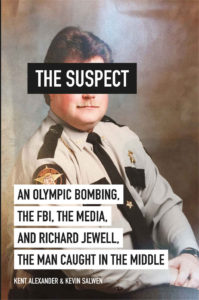 For many years, I have used Richard Jewell’s prodigious litigation to teach about republication liability in libel cases (one who repeats a defamatory falsehood can be held liable to the same extent as the original speaker). In doing so, though, I did not address, or in fact think much about, the human impact of the error – on the wrongfully named individual, on the journalists, or on the source. In “The Suspect: An Olympic Bombing, the FBI, the Media, and Richard Jewell, the Man Caught in the Middle,” authors Kent Alexander and Kevin Salwen provide a powerful, in-depth and highly personal account of what happens to a human being when the FBI and subsequently the news media erroneously name him as a suspect in a high profile crime. As Salwen said during a recent phone interview, “whether you are in the FBI, or the media, or the news consuming public,” this book reminds you that “there is a human being on the other side.”
For many years, I have used Richard Jewell’s prodigious litigation to teach about republication liability in libel cases (one who repeats a defamatory falsehood can be held liable to the same extent as the original speaker). In doing so, though, I did not address, or in fact think much about, the human impact of the error – on the wrongfully named individual, on the journalists, or on the source. In “The Suspect: An Olympic Bombing, the FBI, the Media, and Richard Jewell, the Man Caught in the Middle,” authors Kent Alexander and Kevin Salwen provide a powerful, in-depth and highly personal account of what happens to a human being when the FBI and subsequently the news media erroneously name him as a suspect in a high profile crime. As Salwen said during a recent phone interview, “whether you are in the FBI, or the media, or the news consuming public,” this book reminds you that “there is a human being on the other side.” 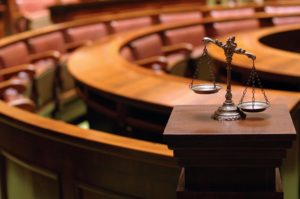 Here’s what it’s all about: In 2010, former Alaska Governor and Vice-Presidential candidate Sarah Palin’s political action committee, SarahPAC, published an online map with crosshairs over congressional districts of some Democrats, including U.S. Representative Gabrielle Giffords. In January 2011, a gunman opened fire at a political event in Tucson, Arizona, killing six and wounding 13, including Giffords. The gunman who shot Giffords pled guilty; there was no evidence that he had seen the SarahPAC map. Several years later, another U.S. Representative was injured when a gunman fired at a congressional baseball practice in Virginia. The night of that attack, which injured U.S. Representative Steve Scalise, the New York Times published an editorial on its website titled “America’s Lethal Politics,” tying the two shootings to the SarahPAC map. The June 14, 2017 New York Times editorial asked:
Here’s what it’s all about: In 2010, former Alaska Governor and Vice-Presidential candidate Sarah Palin’s political action committee, SarahPAC, published an online map with crosshairs over congressional districts of some Democrats, including U.S. Representative Gabrielle Giffords. In January 2011, a gunman opened fire at a political event in Tucson, Arizona, killing six and wounding 13, including Giffords. The gunman who shot Giffords pled guilty; there was no evidence that he had seen the SarahPAC map. Several years later, another U.S. Representative was injured when a gunman fired at a congressional baseball practice in Virginia. The night of that attack, which injured U.S. Representative Steve Scalise, the New York Times published an editorial on its website titled “America’s Lethal Politics,” tying the two shootings to the SarahPAC map. The June 14, 2017 New York Times editorial asked:
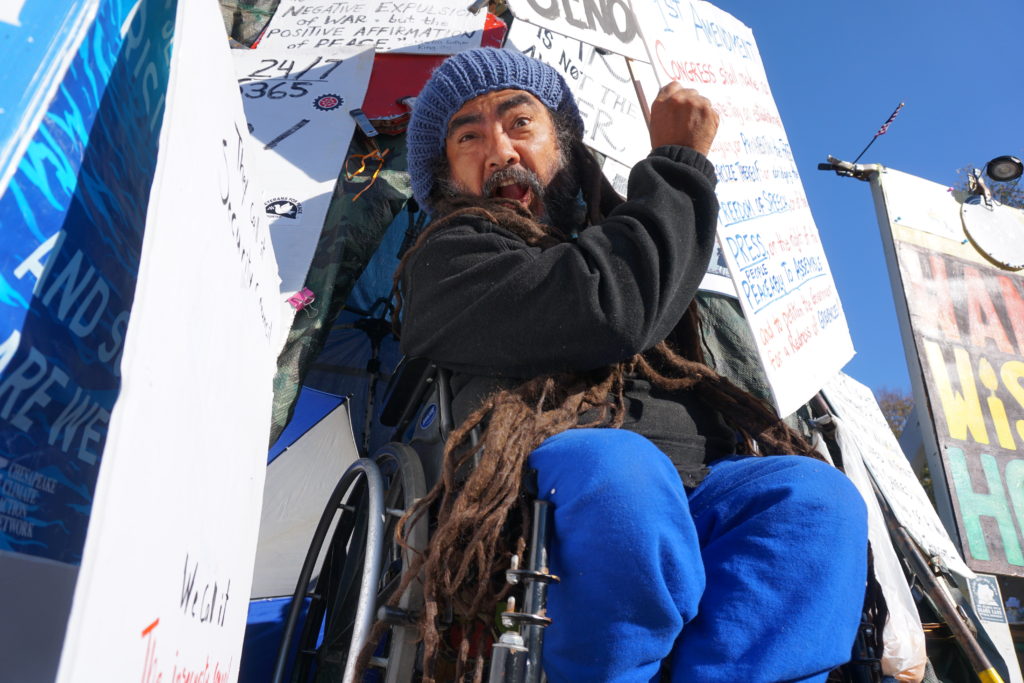

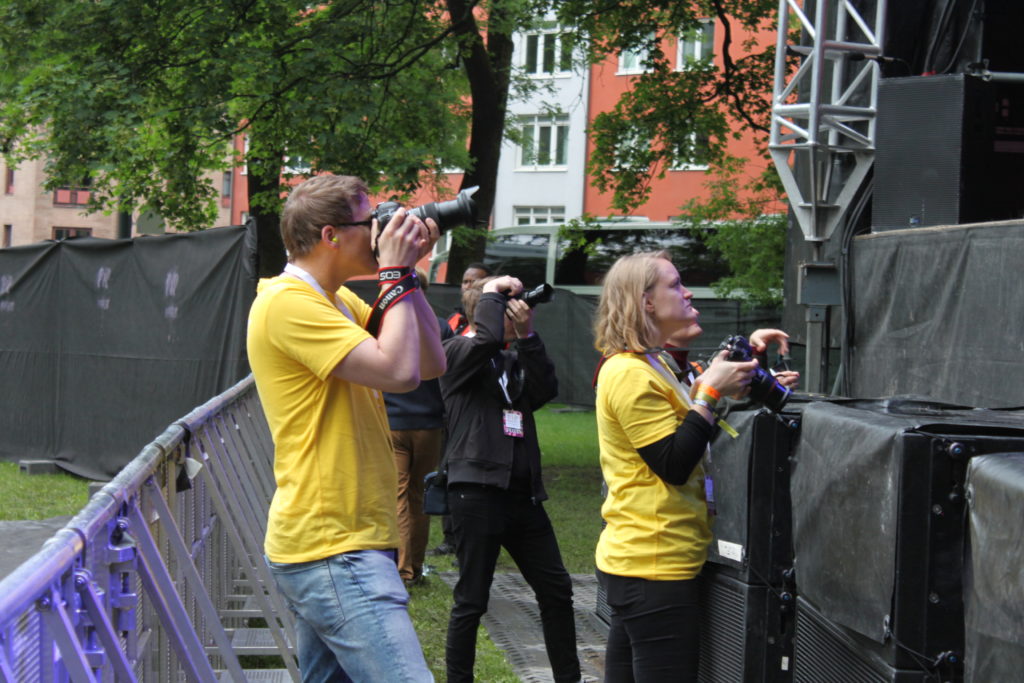
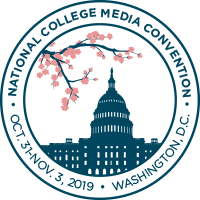
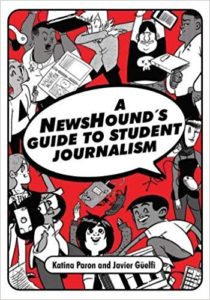 Written by Katina Paron, who has worked in different capacities as a student journalism educator, and illustrated by Javier Guelfi, a cartoonist, illustrator and graphic designer, the book is clever and engaging. Although the book is not brand new – it was released in October 2018 – it is worth taking a look at, if you haven’t already done so.
Written by Katina Paron, who has worked in different capacities as a student journalism educator, and illustrated by Javier Guelfi, a cartoonist, illustrator and graphic designer, the book is clever and engaging. Although the book is not brand new – it was released in October 2018 – it is worth taking a look at, if you haven’t already done so.